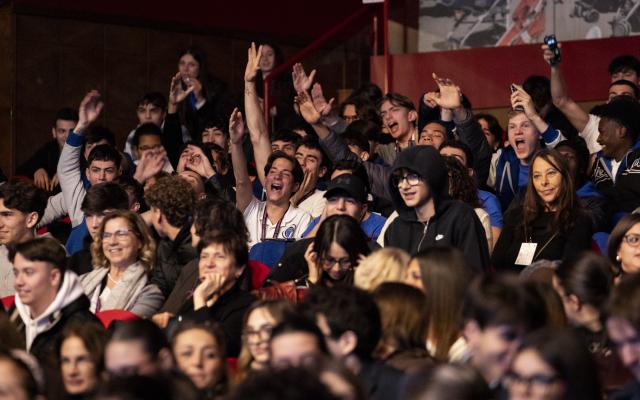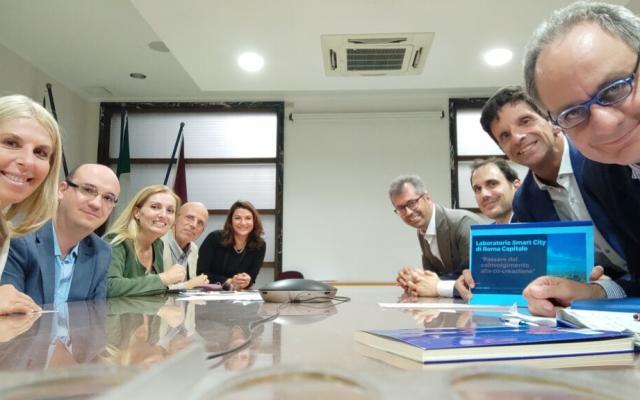The De Mauro-Morrone research project employs 42 indicators, starting with the data provided by the last multi-scope Istat survey on Citizens and Leisure Time.
The Italian population is subdivided into five main levels based on the knowledge and skills they possess and which allows them to participate in specific cultural practices.
The final result of the survey is the formulation of a single quantitative variable that can be used not only to assess the population in terms of their propensity to enjoy cultural activities and products, but above all to identify intermediate groups that are determined not to “slip” back into illiteracy. The middle group (31%) exhibits positive trends in terms of self-training, reading of non scientific books, use of computers and in nearly all indicators for the enjoyment of the artistic, historic and landscape patrimony.
The histogram shows the population distribution with a greater concentration on the left of the average and the longer tail on the right.

There is a wide intermediate range represented by those who “are willing to experience participation, inclusion and enjoy those opportunities that are presently the predominant domain of the higher ranked groups.” This leads to the need to “reflect on the potential of initiatives addressing the provision of structured, institutional cultural opportunities and, in particular, bridging the digital divide.”


